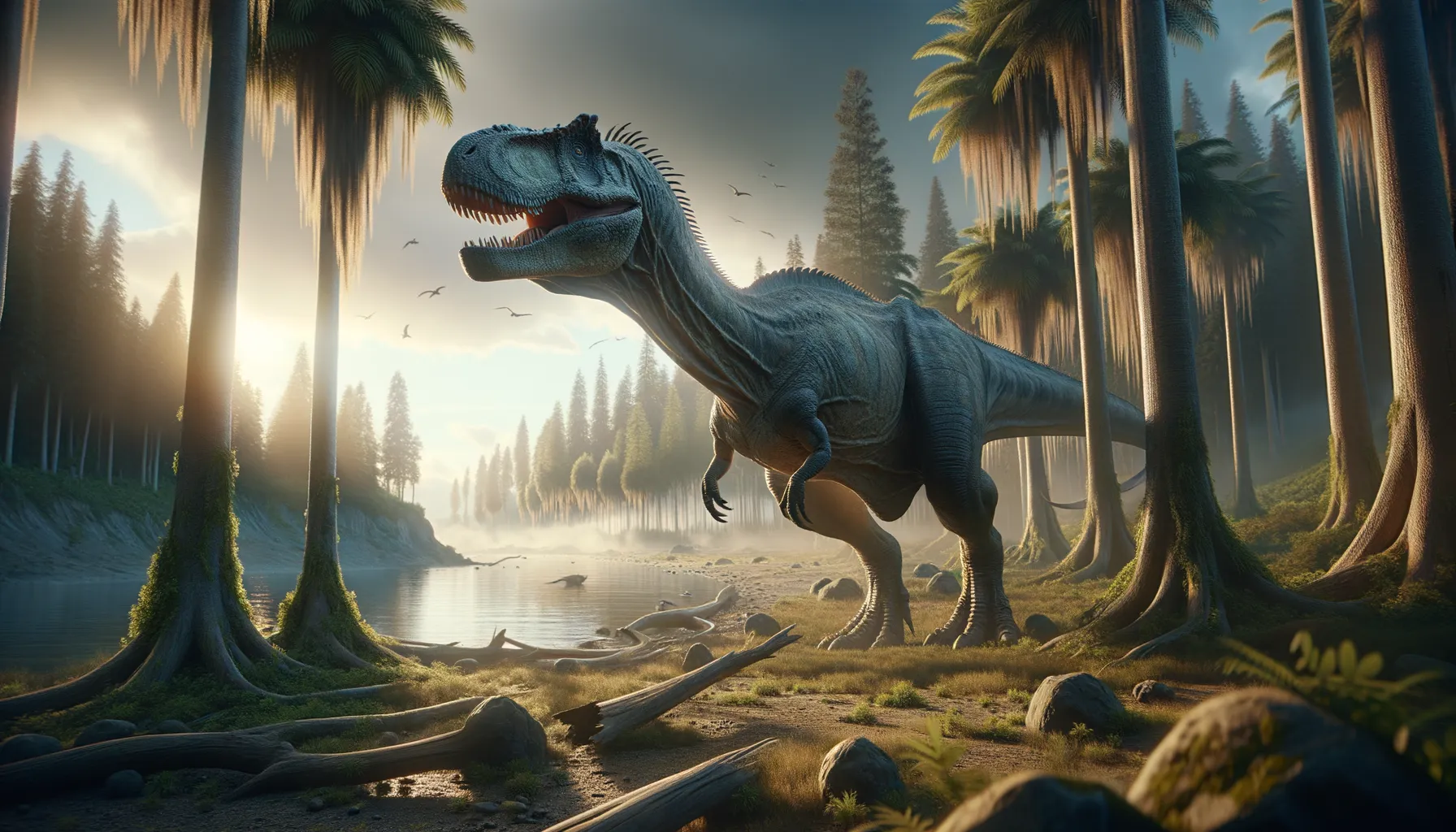
Kerberosaurus
A giant of the Russian Cretaceous era!
Period
Cretaceous
Length
Estimated at 8 meters in length.
Height
Around 2 meters tall at the hip.
Weight
Approximately 2.5 tons.
Kerberosaurus was a herbivorous dinosaur that roamed Eastern Russia during the Late Cretaceous period. Known from limited fossil material, this dinosaur adds important context to our understanding of dinosaur distribution and diversity during this era. Its fossil discovery provides insights into the prehistoric ecosystems of that time. The genus name, meaning 'Cerberus lizard,' reflects the grandeur and mystery surrounding this creature of the ancient world.
Diet
Kerberosaurus was a herbivore, feeding primarily on the diverse array of plants available during its time. Its diet would have likely consisted of conifers, ferns, and cycads.
Hunting
Being a herbivore, Kerberosaurus did not hunt but foraged for plant material. It may have used its size to reach vegetation in higher spots, leaving the lower foliage to smaller herbivores.
Environmental challenges
Kerberosaurus faced challenges such as fluctuating climates and the potential threat of predators. The period it lived in was characterized by vast forests and dynamic changes in sea levels. These changes would have influenced the availability of food sources and safe habitats.
Speed
Likely slow-moving due to its size.
Lifespan
Estimates suggest it lived around 70-80 years.
First discovery
Discovered in Far East Russia, 2003.
Fun Facts
- Kerberosaurus was a hadrosaur, which means it was a duck-billed dinosaur.
- It lived during the Late Cretaceous period, around 70 million years ago.
- Kerberosaurus was found in what is now Russia, making it one of the few known dinosaurs from this region.
- Like other hadrosaurs, it was likely a plant-eater, feeding on the vegetation of its time.
- Kerberosaurus might have used its strong tail for swimming or maintaining balance while running.
- This dinosaur was named 'Kerberos' after the mythical three-headed dog that guarded the underworld in Greek mythology.
- Despite its fearsome name, Kerberosaurus was probably more interested in munching on plants than guarding anything!
Growth and Development
Like most dinosaurs, Kerberosaurus likely experienced rapid growth during its juvenile years. It might have taken several years to reach its full adult size, benefiting from protective herd behaviors that older dinosaurs provided.
Habitat
Kerberosaurus inhabited lush, forested areas of what is now Eastern Russia. These regions provided ample food supplies and shelter. The environment was marked by a warm climate with sufficient rainfall, supporting diverse plant and animal life.
Interaction with other species
Kerberosaurus likely coexisted with various other dinosaur species, both herbivorous and carnivorous. Its size would have deterred smaller predators, but it would have needed to stay vigilant against larger threats.
Natural lifespan
Kerberosaurus might have lived up to 80 years if not hindered by external factors.
Reproduction
Kerberosaurus is presumed to have been an egg-layer, like most dinosaurs. Parental care details remain unknown, but some behavior might have been shared with other herbivorous species, like nest guarding.
Social behaviour
Kerberosaurus may have been social, traveling in groups or herds for protection and easier access to resources. Herd behavior would have played a key role in its survival, especially for the younger members of the group.
Fossil locations
To date, fossils of Kerberosaurus have primarily been found in the Far Eastern regions of Russia, particularly in the vicinity of the Amur River. These discoveries are relatively recent, with the first fossils being identified in the early 2000s.
